From time to time, we like to drop some tips on Instagram, but we decided to formalize it! We are calling this series “Your Daily Tip” where a few times a week, we will hit you with a little fly fishing knowledge…
There are a world of things that go into preparing for a saltwater fly fishing trip that many folks do not ever consider. Remember it all can be a seemlingly daunting task. Well, we are here to help you out and get you ready for your next saltwater destination with these easy to remember tips. These tips are by no means exhasutive as every destination will have it’s own idosycrancies, but these are good guidelines to start with.
- From @zakerylyne and @tiedflies: When choosing flies, it’s important to get some good local intel for the fishery.It is tough to know exactly what flies to bring but upon arrival, you may find you do not need those heavily weighted flies that are often sold in saltwater fly assortments. A lot if great results are achieved with light weighted flies or no weight for those easily spooked permit or bonefish. A variety of weights is far more important than a variety of patterns.
- From @zakerylyne: Cast, cast, cast, and cast again! A few months before your trip, it’s imperative to practice your casting and double haul. This can be as easy as making a cocktail after work and casting in your back yard for 30 minutes a few days a week. Try placing targets in your practice space at 40ft, 60ft, and 80ft and in different locations. The key is to be able to place a cast at 40ft and then pick up and shoot at a different location at 60ft or 80ft. It is common for most flats species to be cruising at not-so-fast speeds. That being said, it’s important to be able to cast at different distances at any given time. When practicing, try and practice in the variable winds as much as possible since wind speeds can vary out in the open ocean. If you are are totally lost, book a casting lesson at your local fly shop. An hour long lesson may save you a week of frustration.
- From @zakerylyne: Let’s talk tackle. It is as easy as pie to bring too much. Most airlines have weight limits on checked luggage so try and keep it light while bringing everything you need. I like to have spools of 40lb, 20lb, 16lb, and 12lb fluorocarbon tippet. These sizes will cover almost every application on the flats and will also work if you need to build a full leader in a pinch. It is always a good idea to bring a few packaged leaders in those sizes as backup or ease. In addition to tippet and leaders, I always encourage folks to bring a spool of 20lb wire bite for those expecting barracuda. A good pair of saltwater pliers are a great addition and almost as important as any fishing tackle there is. For most destinations, having a minimum of an 8wt and 10wt fly rods will be all you need (depending on species targeted). However, in some instances, a 9wt and 12wt are necessary for destinations with heavier wind, or larger species of game fish. It also never hurts to have a backup as a broken rod on a international trip can really dampen the experience.
- From @zakerylyne: Weather is a factor, no matter where you go in this world. It is always a good idea to bring rain gear (jacket, pants, and hats) for those pop-up tropical storms. That being said, having a dry bag for the boat is paramount. As always, be sure to bring a good pair of polarized sunglasses for those sun-exposed flats and if you have the availability, bring an extra pair just in case. For clothing, I typically pack a few pairs of quick dry pants, shorts, sun shirts, sun gloves, buffs (at least two because they get stinky), hats, flats boots, small bug spray, sunscreen, socks, and an extra pair of shoe laces for my boots if they require laces.
- From @zakerylyne:What do I need to check vs. carry on? We always advise to check online with your airline for guidelines and travel restrictions. Some countries will not allow hooks, fly lines, or certain liquids to be on your carry-on luggage. In most cases, we like to check most clothing, pliers, terminal tackle, and flies; but carry on rods, reels, glasses, rain jacket, and one dry change of clothes. This is to account for any lost luggage that may happen. It’s good to prepare yourself for a couple of days of maybe not having your checked bag. It’s easier to borrow terminal tackle rather than a whole rod/reel setup. Things are never guaranteed when traveling. Study travel guidelines and check with your local fly shop about your destination to see if they have any tips or gear information for your upcoming trip.
- From @tiedflies: with the above being said (when airline and chosen country allows) I ALWAYS advise people to travel with NO checked luggage. Most airlines allow one carry on bag and one personal item. I have been a lot of places with the Fishpond Dakota Carry On and a Fishpond Teton Carry On Roller (before the roller, I just used a simple backpack). You can pack 7 rods with reels in the Dakota and then everything else in an an airline legal carry on bag. If you are not bringing as many rods and reels, you could even fill the extra space in the Dakota rod bag with flies, leaders, tippet, and even a few shirts and a toothbrush. I have made the arguement that you could fish almost any tropical desination with the clothes on your back


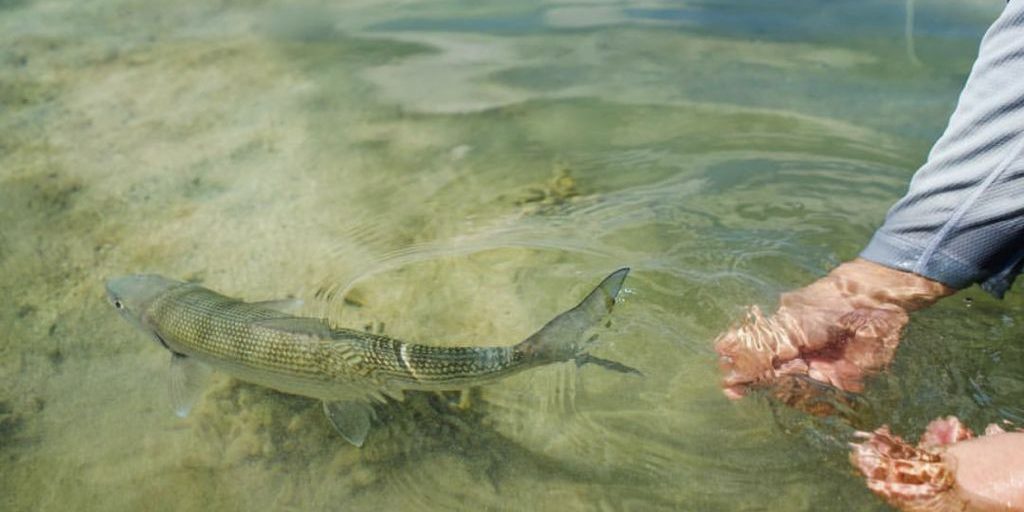
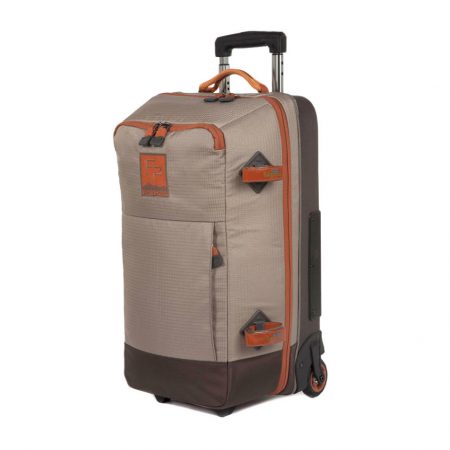

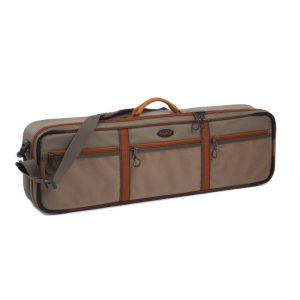
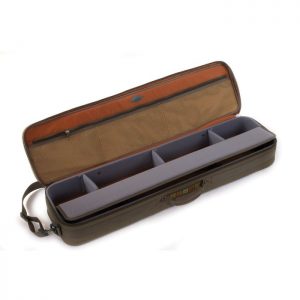
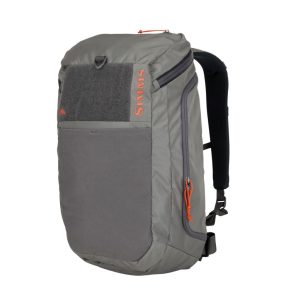
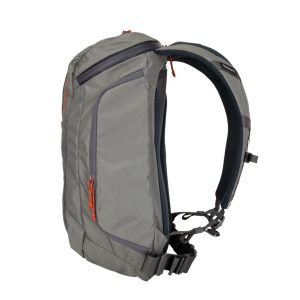






I love that you talked about how it’s really easy to bring way too much tackle on the trip. My brother and I are going to Chicago soon and we want to try fishing for a while. I think it’s a great idea to just charter a boat that will provide all the gear we need.
It actually looks like you are a Charter boat company out of Chicago, who I assume provides all the gear…so nice subtle plug for your business on our site. Just remember, blog comments won’t boost your SEO but they will boost ours. Thanks, Jarom.